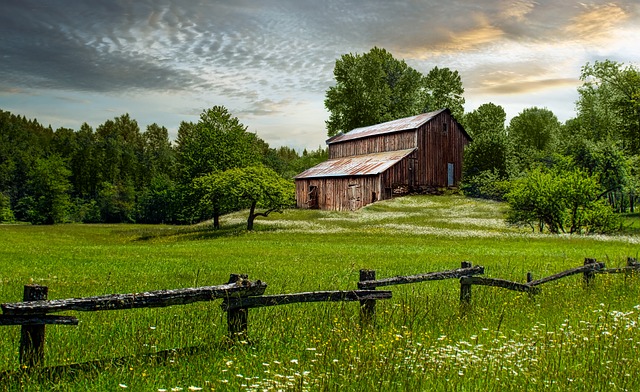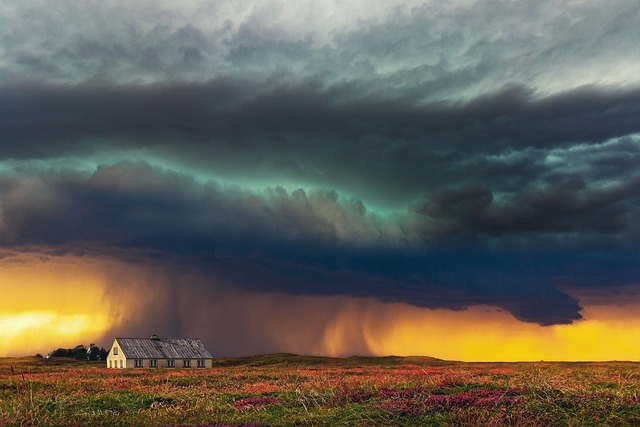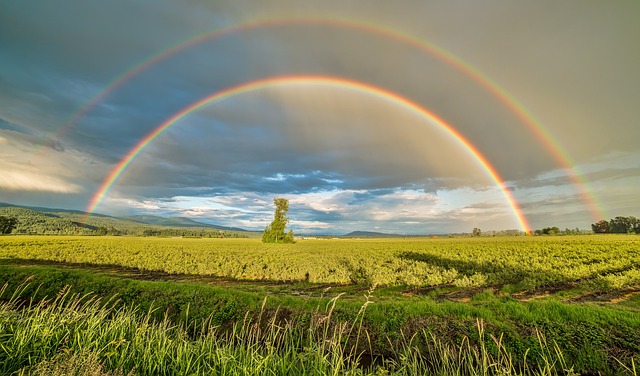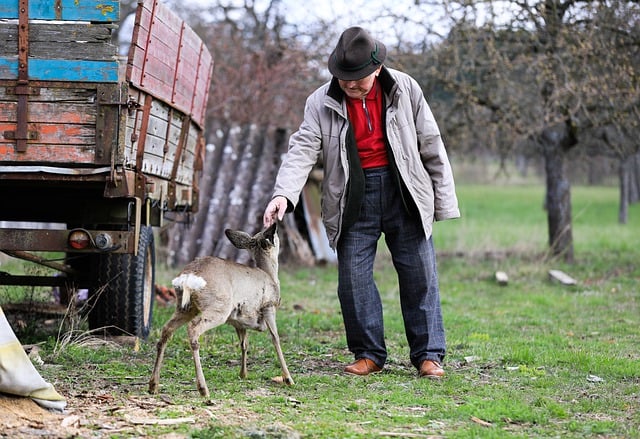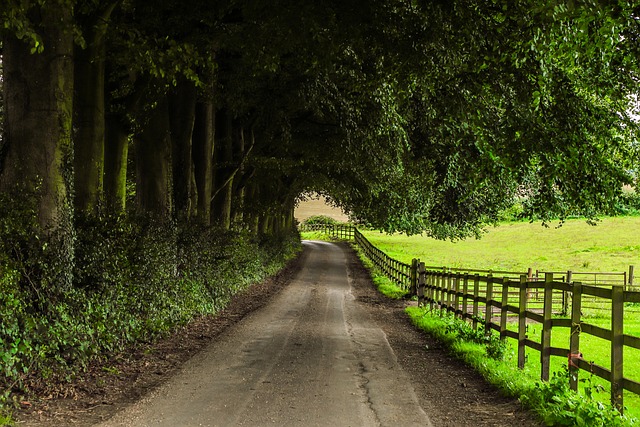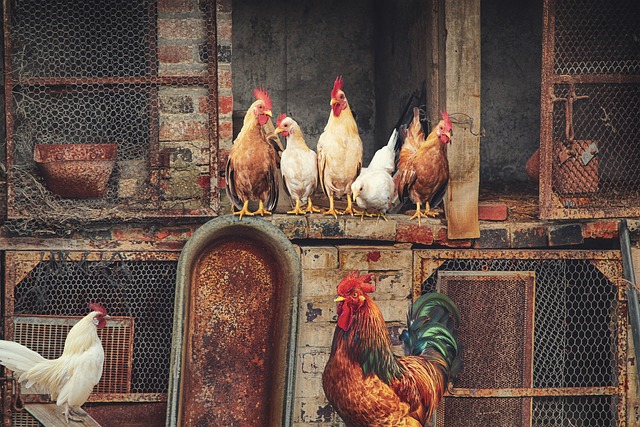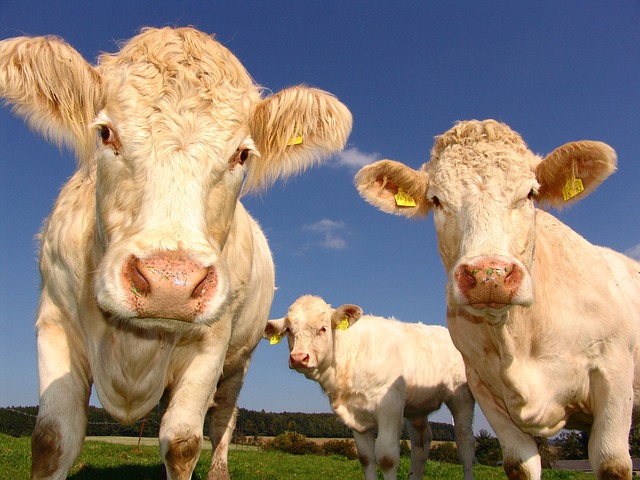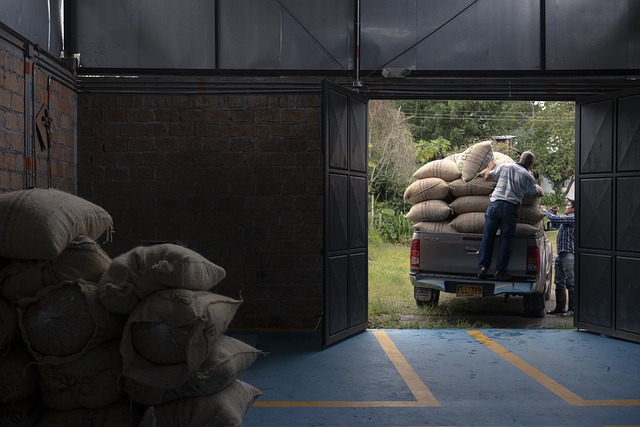Picture Power Quick Shots
10 Engaging Photo Assignments from the farm
In the realm of education, exploring real-world environments offers a unique opportunity for students to harness their creativity and observational skills.
A farm setting, with its rich tapestry of sights, sounds, and textures, presents an ideal backdrop for immersive and captivating photo assignments.
Here's how teachers can utilize a farm to implement dynamic and engaging photo projects in their curriculum.
Nature's Canvas
Encourage students to capture the vibrant colors, textures, and patterns found on a farm.
From the intricate details of leaves and flowers to the symmetry of crop rows, nature provides an endless array of subjects for captivating photographs.
Students can explore macro photography to showcase the beauty of tiny elements often overlooked.
Life on the farm
Focus on the animals and their interactions. Students can photograph the daily routines of farm animals, their behavior, and the relationships between different species.
These images can tell stories, evoke emotions, and provide insights into the unique bond between humans and animals.
Farm to Table
Highlight the journey of food production. From seed to harvest, students can capture the stages of crop growth, the labor involved in cultivation, and the machinery used in farming.
Showcasing the agricultural process through photography deepens students' understanding of where food comes from.
Environmental Storytelling
Explore the farm's environmental aspects.
Students can document the impact of farming practices on the land, water, and surrounding ecosystems.
Images can showcase sustainable farming methods, conservation efforts, or challenges faced in balancing productivity with environmental preservation.
Farming Community and Heritage
Capture the essence of the farm community.
Students can photograph farmers at work, their traditions, and the connections between generations.
This offers a glimpse into the rich heritage and cultural significance of farming practices.
Abstract Farm Photography
Encourage students to experiment with abstract compositions.
From capturing the play of light and shadow on barn doors to abstract patterns in farm tools or machinery, this genre of photography challenges students to see the farm environment from a different perspective.
Changing Seasons
Document the farm through different seasons.
Students can depict the transformation of the landscape, the cycles of planting and harvesting, and the visual variations brought by seasonal changes.
This provides a comprehensive view of the farm's lifecycle.
Documentaries and Photo Essays
Challenge students to create photo documentaries or photo essays on various farm-related topics.
This involves researching, planning, and capturing images to present a cohesive narrative. It encourages storytelling and visual communication skills.
Art and Agriculture Integration
Combine art with agriculture. Students can create art installations using natural materials found on the farm and document their creations through photography.
This interdisciplinary approach fosters creativity and an appreciation for art in unconventional spaces.
Field Trip Photography Project
Organize a field trip to the farm for students to capture images for their projects.
This hands-on experience allows students to interact with the environment, fostering a deeper connection and understanding that translates into compelling photographs.
A farm offers a dynamic and diverse canvas for teachers to implement engaging photo assignments.
By tapping into the unique elements of a farm setting, educators can inspire creativity, enhance observational skills, and deepen students' appreciation for agriculture and the environment through the lens of photography.
Photography lesson plans pack (Printables)
Jump right into teaching photography with our exclusive Photography Lesson Plans pack.
Includes:
- 10 Photography Lesson Plans
- 1 Teacher's Guide
- 3 Photography Study Guides
- 30-Day Photography Challenge
- 1 Student Workbook
- 24 Cut-Out Photo Flash Cards
- 1 Photo Scavenger Hunt
